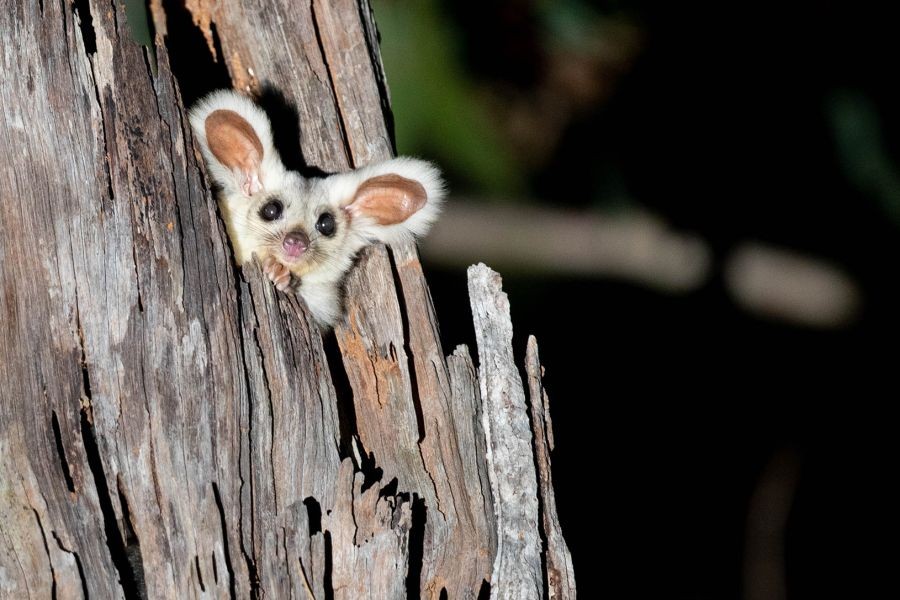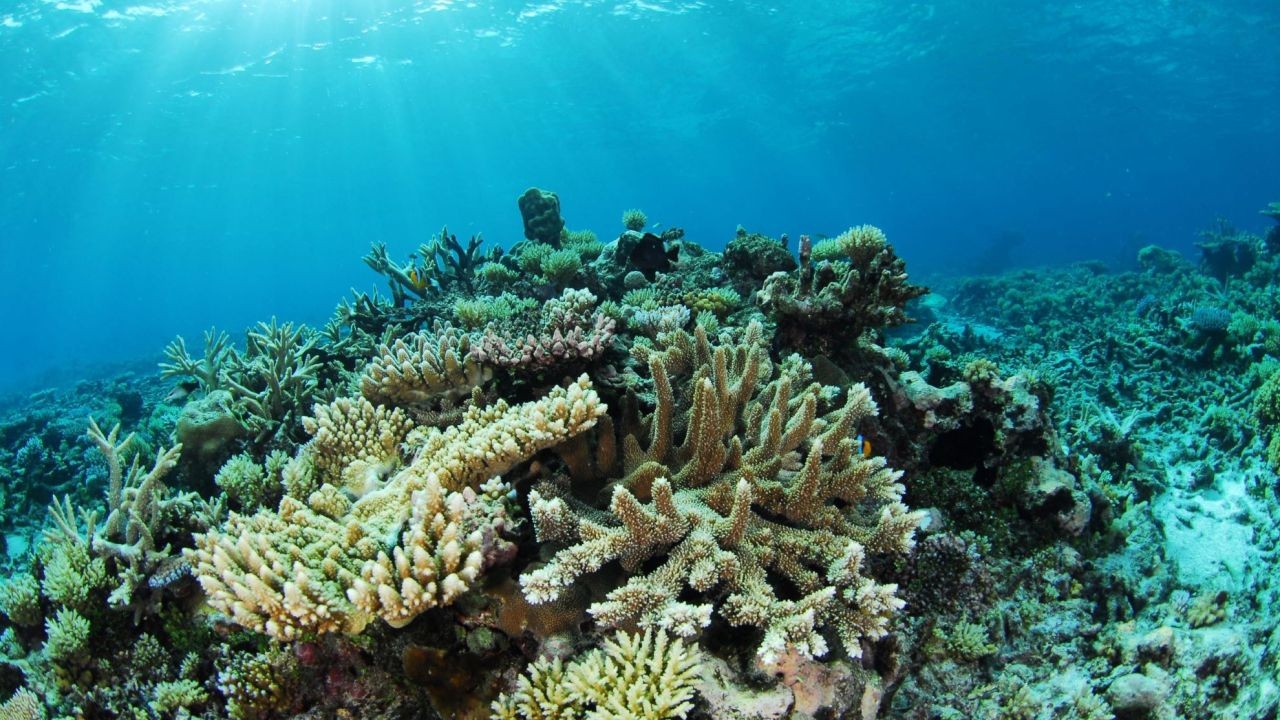Australia is renowned for its unique wildlife, from the iconic kangaroo to the elusive platypus. However, beneath the surface of popular recognition lies a treasure trove of lesser-known animals that are just as fascinating. These creatures not only contribute to Australia's rich biodiversity but also play pivotal roles in the ecological balance. In this article, we delve into ten Australian animals you might not know existed, exploring their characteristics, habitats, and the ecological significance they hold.
1. The Numbat
The numbat, a small marsupial native to Western Australia, is a diurnal creature known for its vibrant reddish-brown coat and white stripes. Unlike other marsupials, numbats do not have a pouch. They feed primarily on termites, consuming over 20,000 a day. This dietary preference makes them crucial in controlling termite populations, thus preventing potential damage to vegetation and human structures.
2. The Quokka
Often dubbed the "world's happiest animal" due to its seemingly smiling face, the quokka is a small macropod found predominantly on Rottnest Island. Quokkas are herbivores and play a significant role in seed dispersal, contributing to the island's vegetation diversity. Their friendly demeanor has made them a popular subject for tourists, helping to boost local tourism—a vital part of Western Australia's economy.
3. The Bilby
The bilby, with its long ears and soft fur, is a nocturnal marsupial found in arid parts of Australia. Bilbies dig extensive burrow systems, which help aerate the soil and promote plant growth. Conservation efforts for the bilby, led by organizations like the Save the Bilby Fund, highlight the importance of preserving Australia's unique wildlife amidst threats from habitat loss and introduced predators.
4. The Tree Kangaroo
Unlike their ground-dwelling relatives, tree kangaroos are adapted to life in the trees of Queensland's rainforests. These marsupials have strong limbs and a long tail, aiding their arboreal lifestyle. Tree kangaroos are vital for their ecosystem, as they help maintain forest health through seed dispersal and nutrient cycling.
5. The Thorny Devil
Known for its spiky appearance, the thorny devil is a small lizard native to Australia's desert regions. It feeds primarily on ants, and its unique skin collects moisture from dew and rain, channeling it to the mouth. This adaptation is crucial for survival in arid environments and highlights the thorny devil's role in pest control.
6. The Greater Bilby
Distinct from the common bilby, the greater bilby is larger and plays a similar ecological role. It is a keystone species in its habitat, with its foraging and burrowing activities benefiting soil health and plant growth. Efforts to reintroduce the greater bilby into parts of its former range have shown promise in restoring ecological balance.
7. The Leadbeater’s Possum
The Leadbeater’s possum, once thought extinct, is now a symbol of conservation success. Found in Victoria's Central Highlands, this nocturnal marsupial requires old-growth forests with dense underbrush for survival. Conservation efforts have focused on protecting these habitats from logging, crucial for preserving this endangered species.
8. The Eastern Curlew
The eastern curlew, the world's largest shorebird, migrates to Australia’s coastal regions during the non-breeding season. It plays a significant role in maintaining the health of coastal ecosystems by controlling invertebrate populations. However, habitat loss and human activities threaten its survival, prompting conservation initiatives under the Australian Government's Migratory Species Conservation Plan.
9. The Dugong
The dugong, a marine mammal closely related to the manatee, inhabits the warm coastal waters of northern Australia. They feed on seagrass, and their grazing helps maintain healthy seagrass beds, which are vital for marine biodiversity. Dugongs face threats from habitat degradation and fishing activities, making them a focus of marine conservation efforts.
10. The Gouldian Finch
Renowned for its vibrant plumage, the Gouldian finch is native to northern Australia. This bird thrives in savanna woodlands, playing a role in seed dispersal and insect population control. Conservation efforts aim to mitigate threats from habitat loss due to land clearing and altered fire regimes.
Australian Biodiversity and Economic Impact
Australia's unique biodiversity is not just a matter of ecological importance but also a significant economic driver. According to the Australian Bureau of Statistics, wildlife tourism contributes approximately AUD 3 billion annually to the economy. The conservation of lesser-known species like the ones mentioned above ensures the sustainability of this sector.
Conservation Policies and Initiatives
The Australian Government, through agencies like the Australian Competition & Consumer Commission (ACCC) and the Department of Agriculture, Water and the Environment, implements policies to protect these species. Initiatives such as the Threatened Species Strategy aim to halt the decline of native species by 2026, focusing on habitat protection, predator control, and community engagement.
Conclusion
Australia's lesser-known animals, from the charming quokka to the elusive Gouldian finch, are integral to the country's ecological and economic landscape. Their conservation is not just about preserving biodiversity but also about sustaining industries like tourism, which rely heavily on Australia's natural heritage. By understanding and protecting these animals, we ensure a balanced ecosystem and a thriving economy.
References
- Australian Bureau of Statistics - Wildlife Tourism Statistics
- Department of Agriculture, Water and the Environment - Threatened Species Strategy
- Save the Bilby Fund - Bilby Conservation Efforts
People Also Ask
- How does wildlife tourism impact Australia's economy? Wildlife tourism contributes approximately AUD 3 billion annually, highlighting the economic importance of biodiversity.
- What are the threats to Australia's lesser-known animals? Habitat loss, introduced predators, and human activities pose significant threats to these species.
- What conservation strategies are in place for these animals? The Threatened Species Strategy focuses on habitat protection, predator control, and community engagement.
Related Search Queries
- Unique Australian animals list
- Endangered animals in Australia
- Australian marsupials
- Wildlife conservation in Australia
- Impact of tourism on Australian wildlife






























